The soil is warm and moist, and the air is humid, with rain never far away. With enough sun between the downpours to drive photosynthesis and ripen fruit, it has been a good year for most vegetables (in the UK at least). Winter crops of leeks, cabbage, cauliflower, kale and broccoli are growing fast, with the first plants touching across the rows to close canopy this month; a month ahead of last year, when crops were still withering in a drought.
For organic growers, who cannot use weedkillers, after planting comes weeding. Traditional tractor-drawn hoes uproot the weeds between crop rows – but without a prolonged dry spell to desiccate them, they often just re-root in a different place. In such a wet summer, the more brutal brush hoe (which works like a rotating road brush, with protective tunnels for crop rows) is more effective, bruising the weeds enough to kill them. Most methods of hoeing between rows clear the ground to within, say, 4cm of the crop, potentially leaving a strip of weeds. For crops grown from plants rather than seed, these weeds can often be killed by throwing enough soil into the row to bury them, without smothering the larger, more advanced crop.
Over the last 20 years, GPS-guided tractors, thermal weeders, then camera- and computer-guided hoes (which can recognise crop from weed, and move their blades around the crop and between plants in a row) have drastically reduced and often removed the need for hand weeding. Herbicides are still cheaper in most cases, but often not by nearly as much as they used to be. Plus, breaking the surface with hoes can aerate the soil, reduce moisture-loss, and thereby increase yield.
When I started farming organically in the 1980s, older hands, who remembered (with no affection) long days spent manually hoeing weeds, were adamant that I would get no help from them. I have always argued that most organic farmers are not Luddites; we are just looking for a different way forward.
Sometimes the rejection of currently accepted, convenient, and profitable practice, on the grounds that it is taking us in the wrong direction, can seem pig-headed or hopelessly idealistic; and sometimes it is. But sometimes, as in the case of non-chemical weed control, we have to move backwards a little to find a better way forward.

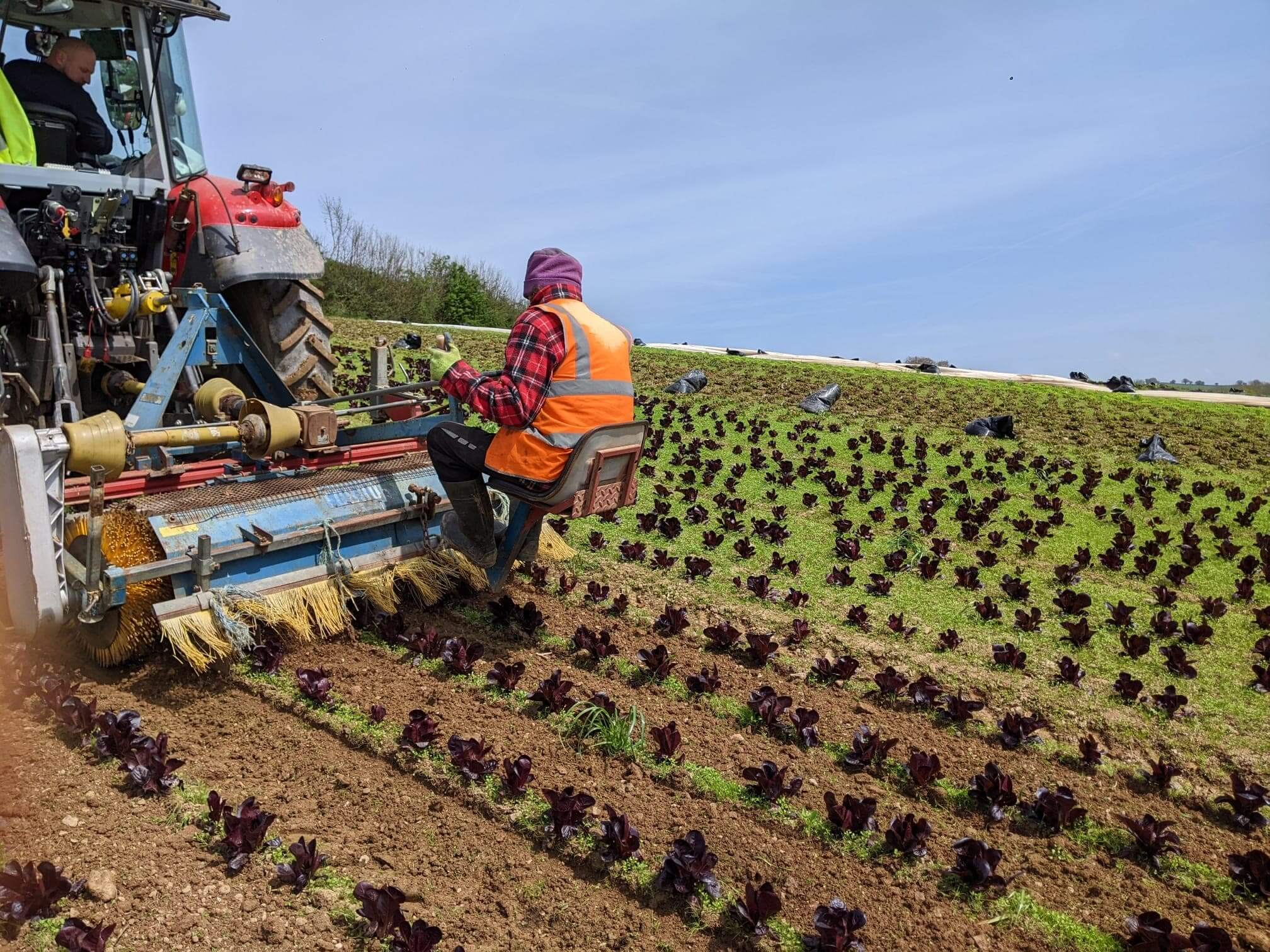
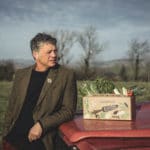
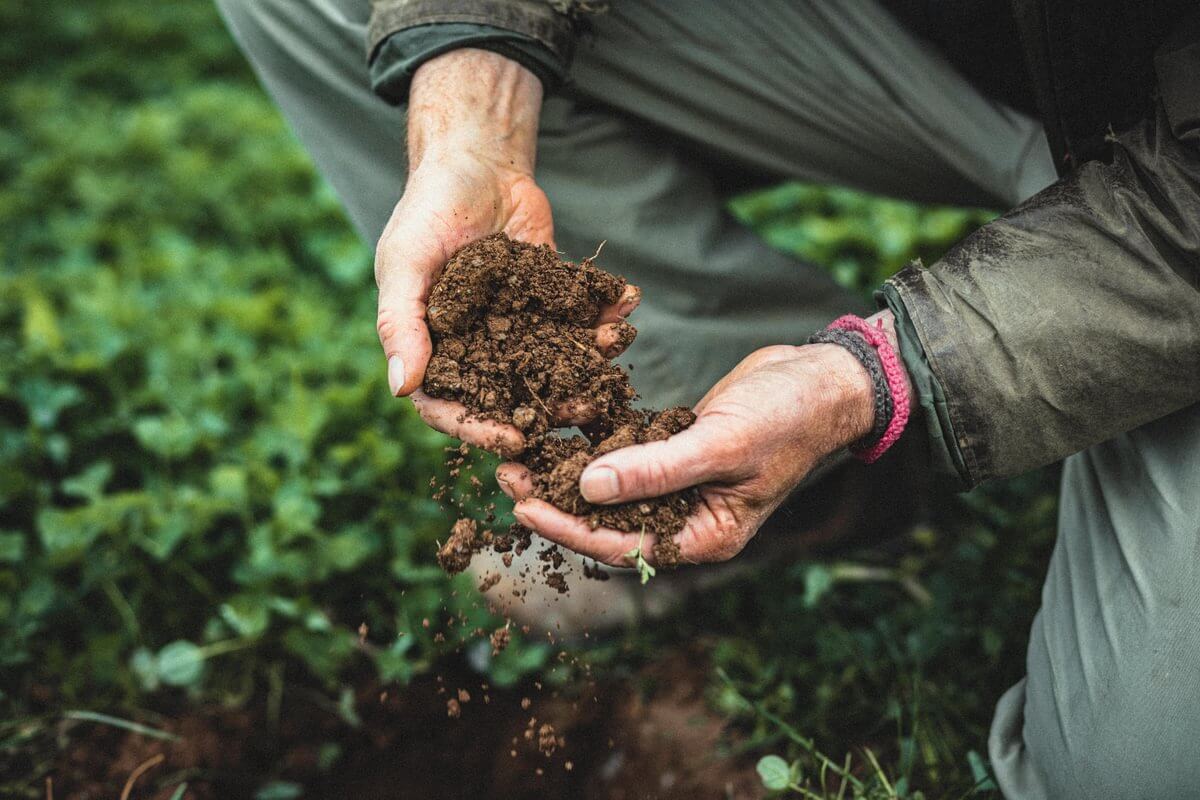
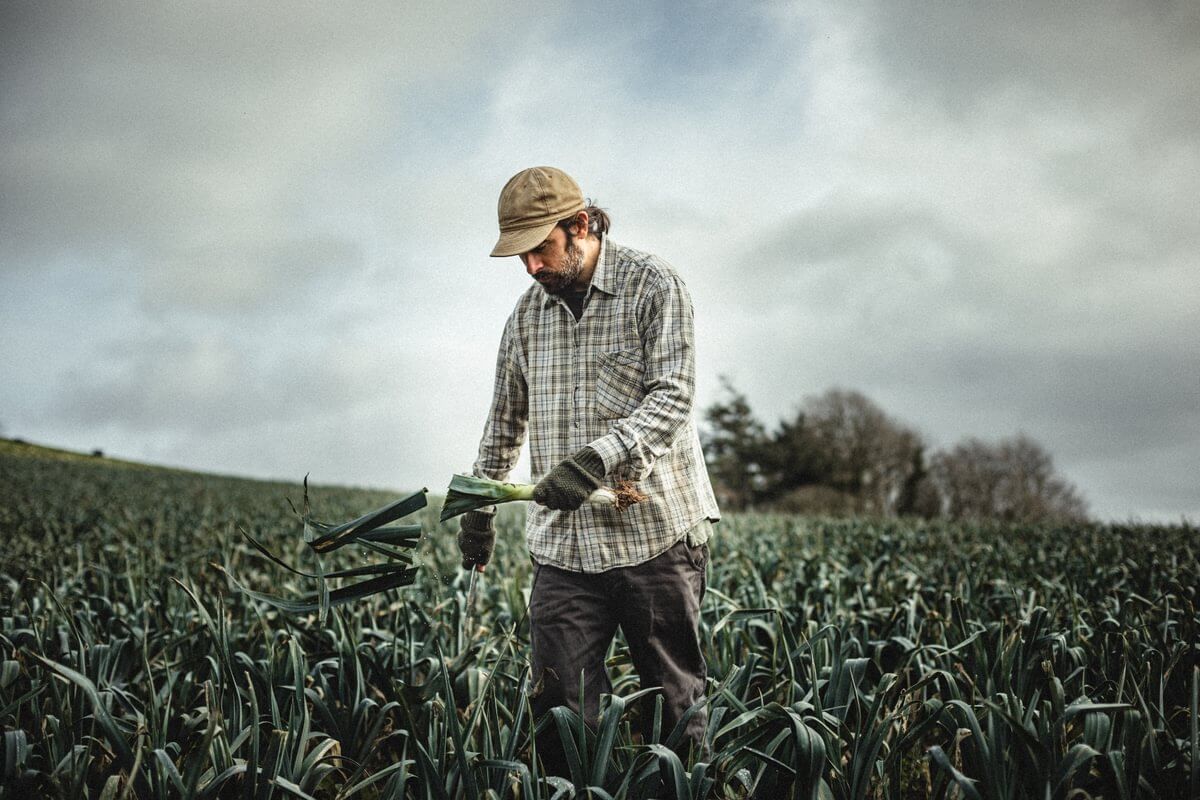
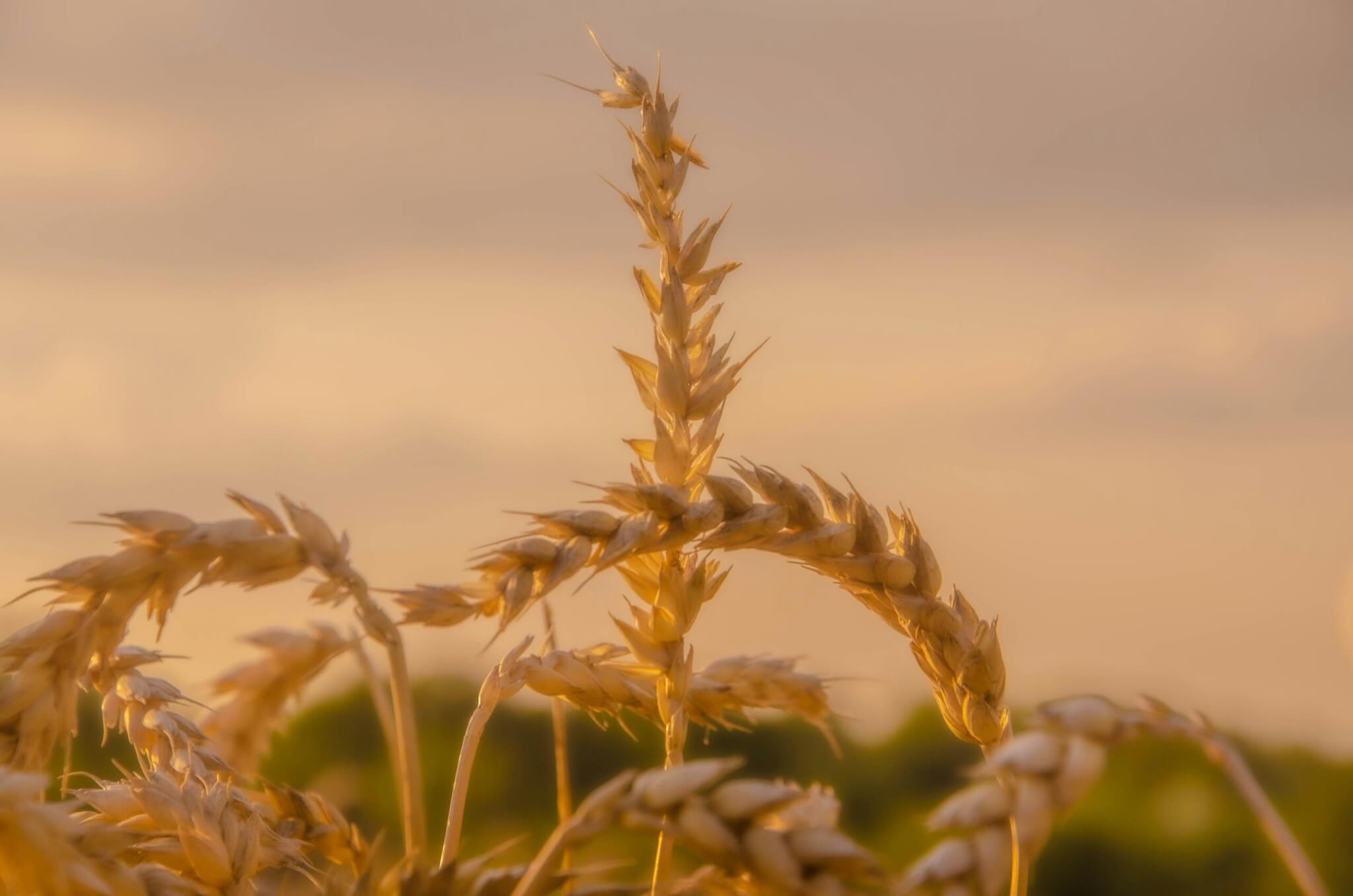




And sometimes we can seem to be pig-headed or hopelessly idealistic but when we stick to our idealistic ideas, magic happens and life just starts to slip into place and we knew we understood all along!! We are part of nature and IT is bigger and stronger and more amazing than we are and sometimes, our idealism is totally worth it!!
I have a question about this:
“breaking the surface with hoes can aerate the soil, reduce moisture-loss, and thereby increase yield”
Doesn’t breaking the soil surface with a hoe increase, rather than decrease, loss of moisture from the soil? I thought that the soil would better retain its moisture if left undisturbed. How does the increased moisture retention from hoeing work?